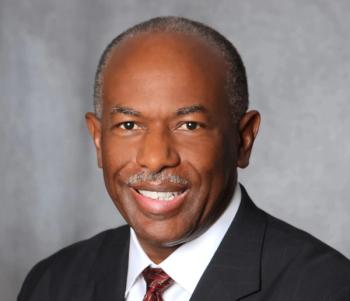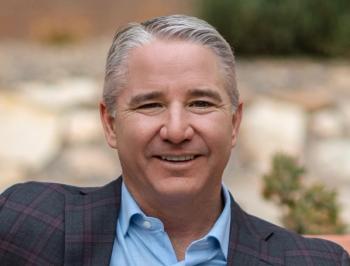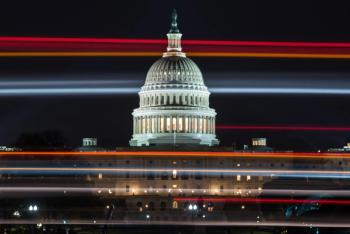
Employers are frustrated by rising healthcare costs, and they’re demanding changes
Elizabeth Mitchell, president and CEO of the Purchaser Business Group on Health, talked with us about transparency, wide variance in prices and site neutral payments.
Large employers are welcoming the Trump administration’s push for hospital price transparency.
President Trump issued
Elizabeth Mitchell, president and CEO of the Purchaser Business Group on Health, says transparency in pricing from hospitals and health plans is lacking. The organization represents nearly 40 large employers who buy healthcare coverage for 21 million people.
She told Chief Healthcare Executive® in a recent interview that greater price transparency is at the top of the group’s list of priorities in Washington.
“Price transparency is necessary, but not sufficient,” Mitchell said. “We know it's not a silver bullet to fix everything, but it is necessary to fix things. So once that information is available, patients can use it, employers can use it, policy makers can use it. But it's got to be available.”
“We know affordability is one of the primary barriers to access,” she added. “People can't afford care, and to the extent that they can choose a lower price option, that's good, but also it will enable some downward pressure on pricing generally across the system.”
Employers are increasingly frustrated with the higher costs they are paying for coverage, and the wide variance in prices.
Mitchell notes that prices for the same service in the same market can vary by thousands of dollars, depending on the hospital.
“We know prices for the exact same service can vary five to 10 times within the same market,” she said. “And think about it from the patient's perspective. If you go to one hospital and end up paying $10,000 for the same service you could have gotten for $500, that's a huge impact on their family budget.”
Employers are chafing at the idea that they can continue to absorb higher costs for healthcare services, she said.
“I just don't know where people think this money is coming from,” Mitchell said. “I mean, it's coming from U.S. businesses and U.S. workers and their families. And there just seems to be this idea that there can be this endless increase in pricing.”
Employers are also seeking more specific pricing information from hospitals, and are hoping lawmakers in Washington will be spurring hospitals to move from offering price estimates to the actual prices for services and elective procedures.
“Estimates change,” Mitchell said. “You go in and … ‘Sorry, we estimated $1,000 but it turns out to be $7,000. That's a huge difference. And every other industry has figured out how to set a price.”
Mitchell said that if more information is available in ways that are easy to use, she is convinced that consumers would use that to look at elective procedures.
She said large businesses will use that information, too.
“Employers will integrate it into their network design, into their partner selection for direct contracts,” Mitchell said. “We have members looking at narrowing their networks, and they will identify the partners who are fairly priced.”
Employers are also pushing lawmakers for
Mitchell said employers are making a “big push” on the issue. Proponents say it would save Medicare billions and lower costs for consumers.
“If you're doing the same exact procedure or service, it should cost the same. So there's big support there, and I think some traction, even among those who have historically opposed it,” MItchell said.
More lawmakers have voiced support for site neutral payments in recent months. But hospitals contend such a payment model would be unfair to health systems, because they face higher regulatory requirements. Hospitals also point out that they serve more patients from underserved communities and must provide capacity around the clock.
Employers are also concerned about the difficulties workers are seeing to gain access to primary care.
“We're also very, very committed to improving primary care,” Mitchell said. “We've done a lot of work around primary care and primary care access. We are hearing more and more that it doesn't matter if it's a rural or urban area, there's months waiting to get in to even see a primary care doctor, and this is for people who have great private insurance. You can't get an appointment.”
















































